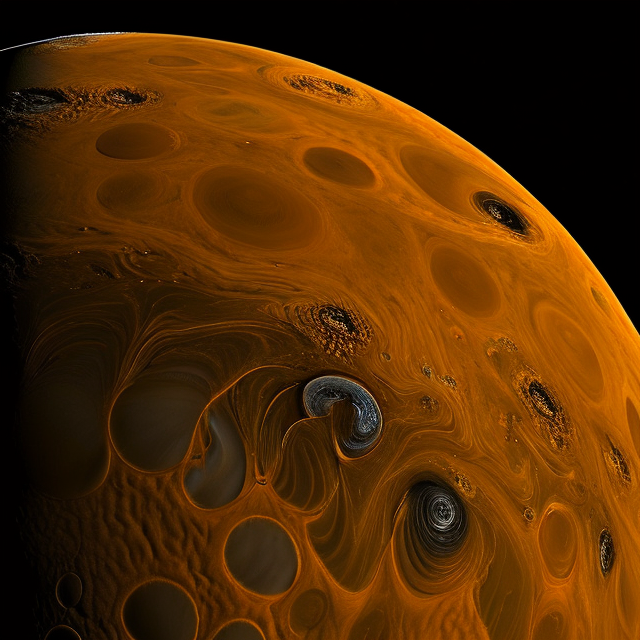|
|
Space Astro
|
Info for exoplanet "Tsuuru Hyu"
| Scientific (actual) data |
|---|
| Planet | K2-245 b |
| Planet status | Confirmed |
| Radius | 0.387 |
| Orbital period | 11.8931 |
| Semi major axis | 0.0959 |
| Discovered | 2018 |
| Updated | 2021-02-05 |
| Tconj | 2457590 |
| Impact parameter | 0.38 |
| Temperature (kelvin) | 923 |
| Publication | Published in a refereed paper |
| Detection type | Primary Transit |
| Alternate names | 2MASS J12204359-0135271 b, EPIC 201357643 b, EPIC 201357643.01, WISE J122043.58-013527.2 b |
| Star name | K2-245 |
| Right ascension | 185.18° |
| Declination | -1.59° |
| Mag j | 11.499 |
| Mag h | 11.227 |
| Star distance | 463.4 |
| Star metallicity | -0.45 |
| Star mass | 0.83 |
| Star radius | 1.25 |
| Star temperature | 5793 |
| Star alternate names | 2MASS J12204359-0135271, EPIC 201357643, WISE J122043.58-013527.2 |
| Wikipedia article | K2-245 b |
Back
| |
| Fictional info (?) |
|---|
| Suggested name | Tsuuru Hyu |
| Planet type | Warm planet |
| Tsuuru Hyu is a terrestrial planet with a thin atmosphere, having surface features reminiscent both of the impact craters of the Moon and the valleys, deserts, and polar ice caps of Earth. Tsuuru Hyu is orbiting K2-245 every 12 Earth days. It is the second-brightest natural object in the night sky after Nyupya, reaching an apparent magnitude of -5 - bright enough to cast shadows at night and, rarely, visible to the naked eye in broad daylight.
The planet is named after the deity Tsuuru Hyu, the messenger of the sea.
The planet telescopically displays the complete range of phases, similar to Venus and the Moon, as it moves in its inner orbit relative to K2-245, which reoccurs over the so-called synodic period approximately every 104 days.
Having almost no atmosphere to retain heat, it has surface temperatures that vary diurnally more than on any other planet in its solar system, ranging from 130°K (-143°C) at night to 1050°K (777°C) during the day across the equatorial regions.
The rotational period and seasonal cycles of Tsuuru Hyu are likewise similar to those of Nyupya, as is the tilt that produces the seasons.
Future targets for exploration in the Tsuuru Hyu system include the probable ice-covered liquid ocean of its moon Jipu Pi. |
| Atmosphere | Hydrogen chloride | 99% |
| Methane | 0.48% |
| Hydrogen deuteride (HD) | 5.7E-5% |
| Atmospheric pressure | 2.2 bar |
 |
| Moon | Bohimu Ma | Very small irregular oceanic asteroid |
| Kironya | Medium-sized round rocky asteroid |
| Jipu Pi | Large round gaseous asteroid |
| Google search for Tsuuru hyu |
|
Website by Joachim Michaelis
|
|
|
|